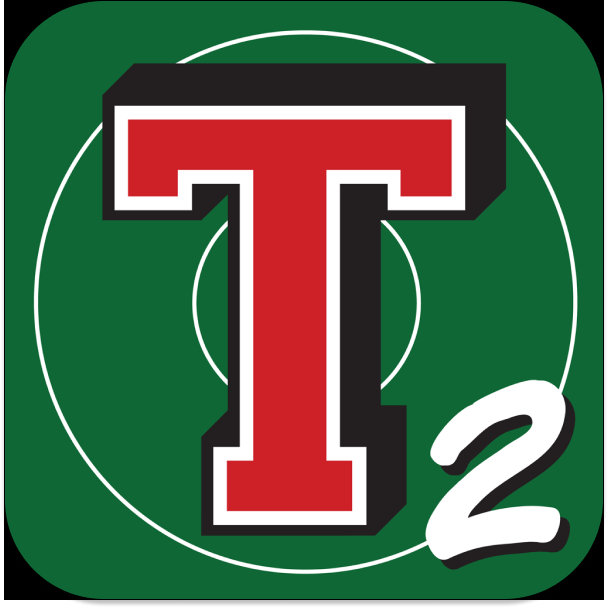Timely Updates for
Takedown Scoring and Stats Users

Impact of NCAA Rule Changes on Scoring
Wrestlers were rewarded with more points for doing the same things. What else happened?
The Chart for Every Practice Room Wall
How important are takedowns?
We looked at over 2,000 matches for 63 wrestlers from six high school programs spread across the country and found that scoring more takedowns than your opponent is


Emerging from the Darkness: High School Wrestling Participation 2022-2023
NFHS wrestling participation for 2022-2023. Coming out of the COVID darkness and into the light, boys rebounding to 2014-2015 levels. As expected, strong growth in girls programs with one concerning metric.

